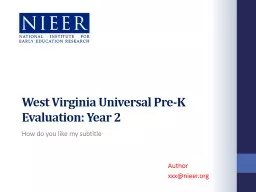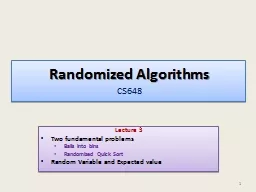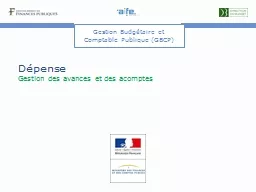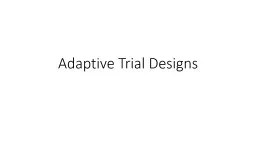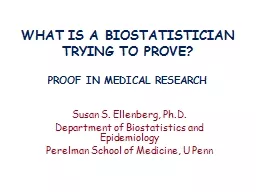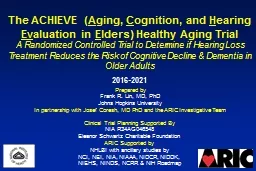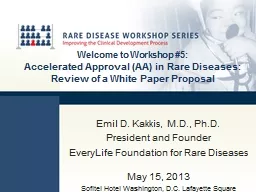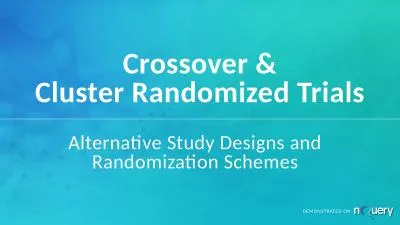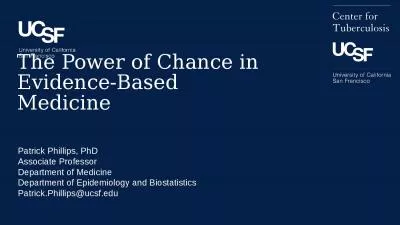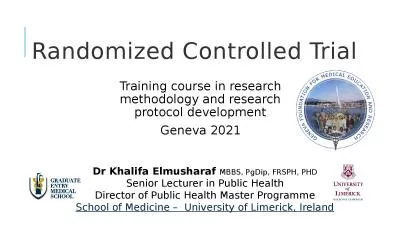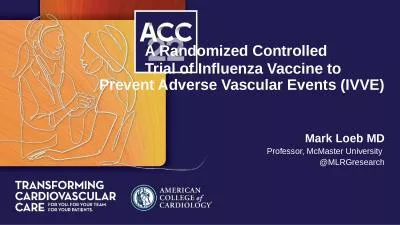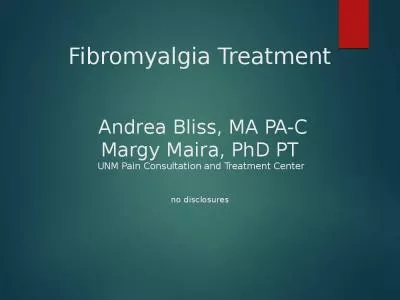PPT-The AVANCE Randomized Controlled Trial Outcomes Study
Author : ellena-manuel | Published Date : 2019-12-10
The AVANCE Randomized Controlled Trial Outcomes Study GSE Feb 6 2019 Milagros Nores PhD mnoresnieerorg Acknowledgments Heising Simons Foundation Grant 201429 Avance
Presentation Embed Code
Download Presentation
Download Presentation The PPT/PDF document "The AVANCE Randomized Controlled Trial O..." is the property of its rightful owner. Permission is granted to download and print the materials on this website for personal, non-commercial use only, and to display it on your personal computer provided you do not modify the materials and that you retain all copyright notices contained in the materials. By downloading content from our website, you accept the terms of this agreement.
The AVANCE Randomized Controlled Trial Outcomes Study: Transcript
Download Rules Of Document
"The AVANCE Randomized Controlled Trial Outcomes Study"The content belongs to its owner. You may download and print it for personal use, without modification, and keep all copyright notices. By downloading, you agree to these terms.
Related Documents

